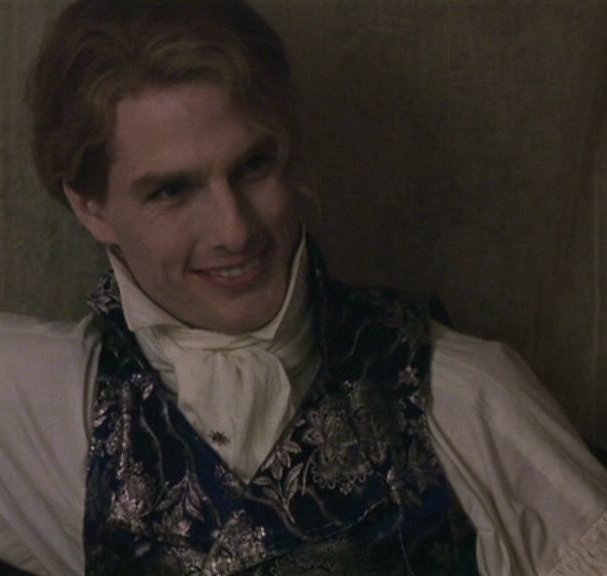

The resuscitation of Louis was one of those. While the novel largely hinged on Louis and his feelings of responsibility for what happened to Claudia in Interview, David Talbot is the viewpoint character and at times I think he took up more of the foreground than he should. The first time I can remember reading a portrayal of Lestat that edged on unambiguous benevolence was at the end of Merrick, when Louis had attempted suicide by exposing himself to the sun. Lestat, at times, has been an anti-hero and at others has almost been a villain protagonist (I’m thinking of The Vampire Lestat and Tale of The Body Thief). The first extremely bold challenge Rice takes on in these new stories is turning Lestat into a hero. While I can think of previous works of hers that are more dynamic and successful examples of this, I also believe the three recent Prince Lestat stories are worth reading for their ambition and enthusiasm even if they’re essential success cannot be gauged yet (Rice has not specified at what point the new arc that these stories constitute will be finished but that she has at least a few more novels planned).

I also think it’s a testament to her character as an artist that she is not afraid to follow sequences in narrative development and thematic complication regardless of where they end up.

Although she may not pull off a completely lucid success with every given story, she is always ambitious and her ambitions are always exciting. Anne Rice may not be my favorite living storyteller but she is definitely up there with my favorites. Ever since Anne Rice returned to The Vampire Chronicles I’ve never failed to get my hands on the new books as soon as they’re available. Anne Rice’s newest novel, Blood Communion: A Tale of Prince Lestat was published on the second of this month and I’m sorry I missed it.


 0 kommentar(er)
0 kommentar(er)
